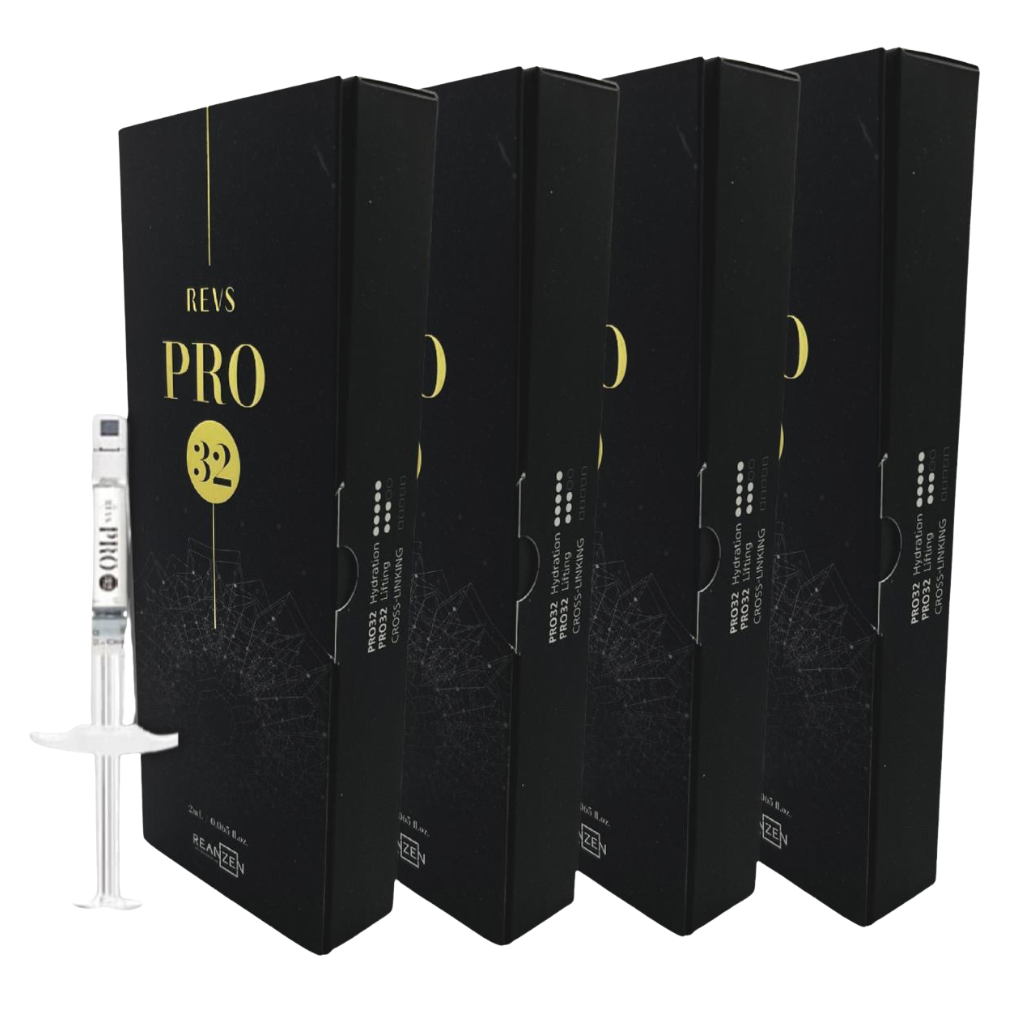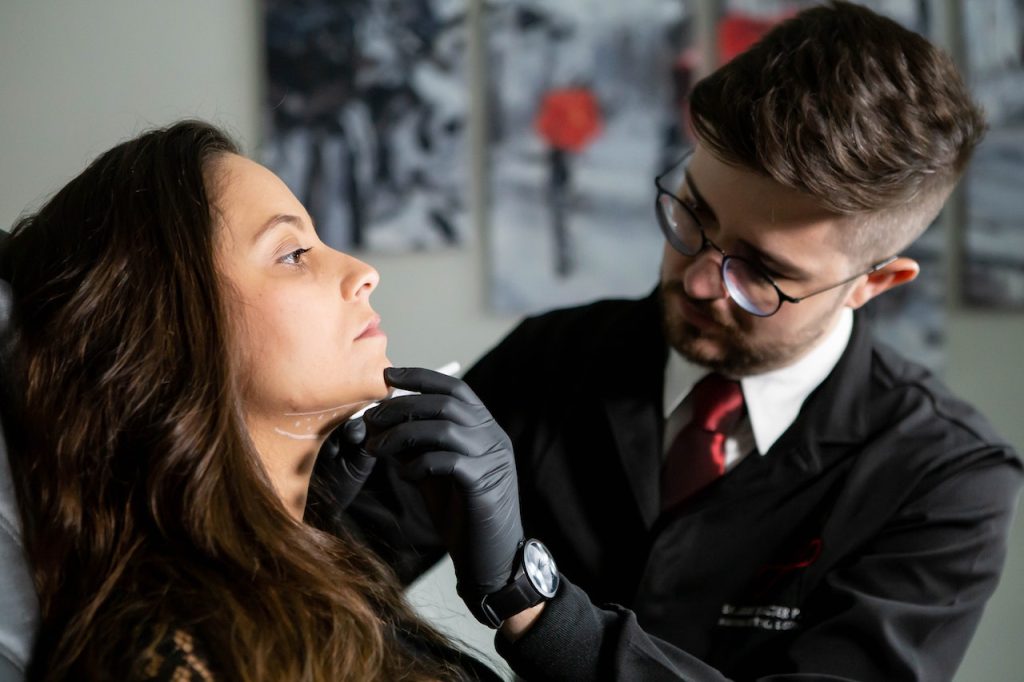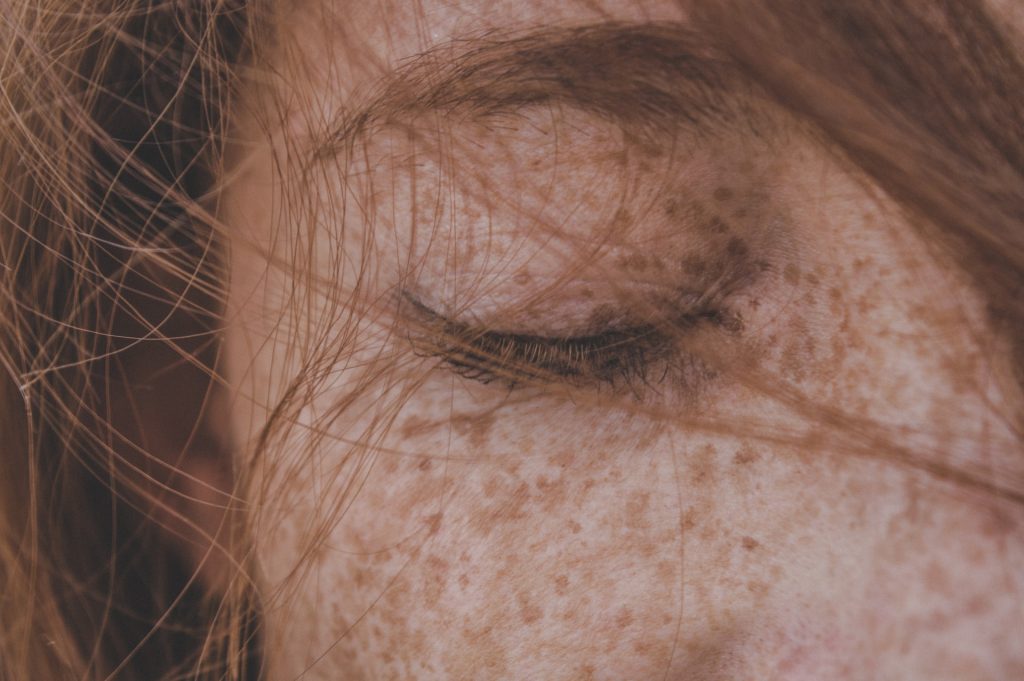
In the rapidly evolving field of aesthetic medicine, clear communication and informed consent play an integral role in ensuring client satisfaction and legal protection. When it comes to Botox treatments, obtaining consent is not merely a formality but a legal and ethical necessity.
A prime example of this practice can be found in Faces Consent, an online platform that offers comprehensive Botox consent forms for practitioners and clinics. A consent form is not simply a document for the sake of record-keeping.
It is a tangible reflection of an open conversation between the practitioner and the client. Its main function is to provide an in-depth explanation of the procedure, its benefits, potential side effects, and any possible risks. For Botox treatments, consent forms must clearly delineate the nature of Botulinum toxin, its aesthetic applications, and its temporary nature.
Faces Consent’s Botox consent forms are thorough, encompassing all aspects of this treatment. They cover a detailed description of the procedure, expectations post-treatment, and possible complications such as bruising, headache, or even ptosis (drooping of eyelids).
The forms also explain that results may vary among individuals and that follow-up treatments may be required to maintain desired results. These comprehensive consent forms serve to inform clients adequately, ensuring they have realistic expectations and a solid understanding of potential risks.
Bear-in-mind that a consent form is not a replacement for a face-to-face consultation. Clients should be given a face-to-face consultation to allow them to ask any questions and for you the practitioner to access the client before treatment.
Any allergies, medical history, or medications that could interact adversely with Botox must be discussed. A personalised treatment plan should be agreed upon, with alternatives offered if appropriate.
Remember that the consent form is not a one-time process, the client should keep a consent form each time they have a treatment and the client medical form should be looked over each time. In some instances, the patient’s condition or the recommended treatment plan may change, necessitating renewed consent. Faces Consent recognises this, and their digital solution allows for real-time updates and adjustments to consent forms as required.
The introduction of digital consent forms, like those provided by Faces Consent, has significantly enhanced the way clinics operate. By using Faces, it all the process to be made a lot easier when creating consent forms – especially the Botox consent form. It allows your clients to feel more confident and help if there were any legal issues.
Moreover, digital solutions offer a more sustainable and efficient alternative to paper-based forms, aligning with the increasing push towards digitisation and environmental responsibility in healthcare settings.
In conclusion, an example of consent for Botox is a comprehensive form that details the procedure, potential risks, and expected outcomes, such as the ones provided by Faces Consent. It underpins an informed discussion between practitioner and client, upholds the highest ethical standards, and provides crucial legal protection. As Botox treatments continue to grow in popularity, so too does the importance of maintaining a robust and transparent consent process.
















